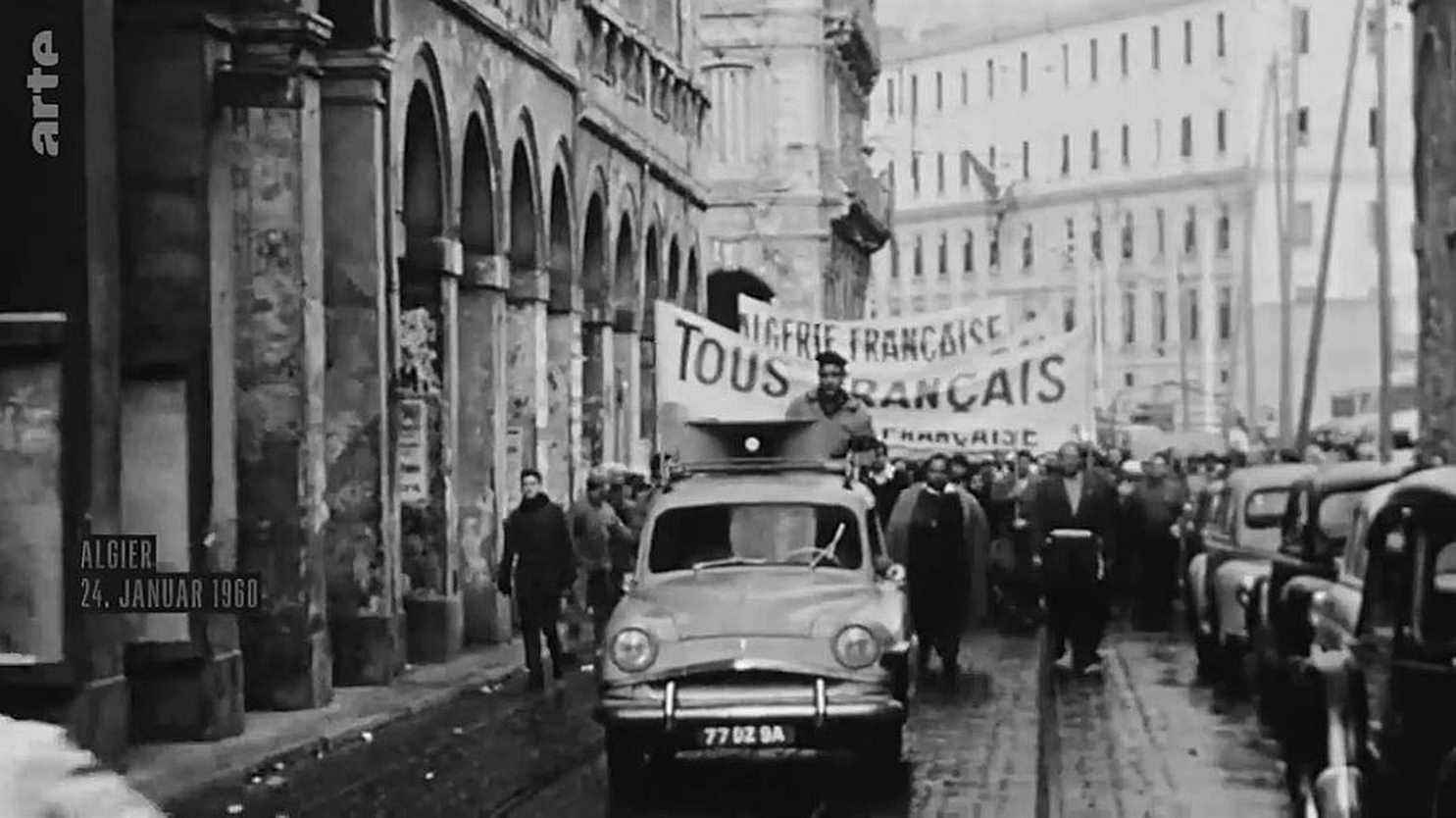Sixty-six testimonies collected from both sides of the Mediterranean to show the multiplicity of experiences and experiences around the colonial conflict between France and Algeria: this is the very rich raw material of the documentary series “En guerre(s) for Algeria”, offered by both INA and Arte in two different forms from March 1.
This is a first in memory work around the Algerian war: with the support of the National Audiovisual Institute (INA), historian Raphaëlle Branche and director Rafael Lewandowski have collected 66 testimonies filmed in France and Algeria during interviews lasting approximately two hours each.
At the end of three years of work, the co-authors and their team have carried out 180 hours of interviews which will be put online in full on Tuesday on the INA website, then on the public educational platform Lumni from March 10. These testimonies are also the common thread of the documentary series At war(s) for Algeriaco-produced with Arte, which will broadcast the six 52-minute episodes in the first part of the evening on March 1 and 2 (already available online under this link).
All eyes were on: Algerian civilians, French from Algeria, conscripts from the contingent, French recruits and career soldiers, independence activists from the FLN (National Liberation Front) and the MNA (Algerian National Movement), ALN fighters (National Liberation Army), intellectuals and students, dissenters, personnel of the French administration in Algeria, members of the OAS (Secret Army Organization), auxiliaries of the French army, suitcase carriers…
The documentary series dissects the mechanisms of the conflict between 1954 and 1962, narrated in voiceover by the Franco-Algerian actress Lyna Khoudri, through these testimonies woven from archive images.
“We wanted to tell the war from many points of view, to show the multiplicity of experiences“, explains the historian Raphaëlle Branche. “The perception of the war for people at the time did not start exactly in 1954. There are people for whom it started with the arrival of the French in Algeria, for others it started in 1960“, she illustrates. “Sometimes people who lived through the period find it difficult to understand each other because depending on whether they were in Oran, Uzès or Strasbourg, their perceptions differ“.
In the image, within the two main opposing camps, nuances of commitment – between young conscripts from the contingent who came to defend France in Algeria and the supporters of the OAS, ready to commit attacks – or dissension between nationalists Algerians on their vision of an independent Algeria.
“What was ultimately paradoxical in such a violent conflict was that everyone claimed to be fighting out of love for this same land, that’s what surprised me the most compared to other conflicts around which I worked“, underlines the director Rafael Lewandowski. The latter evokes his concern to give to the image “exactly the same speaking environment” to the witnesses, via identical filming rules, whether they “are in Paris, Algiers or in the depths of the bled in Algeria“.
At the end of this monumental work – greatly complicated by the travel restrictions linked to the Covid – remains the emotion aroused by the witnesses, for many very old. “Witnesses could perhaps have spoken before, some not and others did because it was the last opportunity they had to do so and it gave intensity to certain testimonies“, says Raphaëlle Branche.
“When you are closer to the story of a human being, you do not integrate things in the same way, you are with them, you hear their choices, their points of view“, confides Anne Gènevaux, producer for the INA, adding: “we got slapped“.
